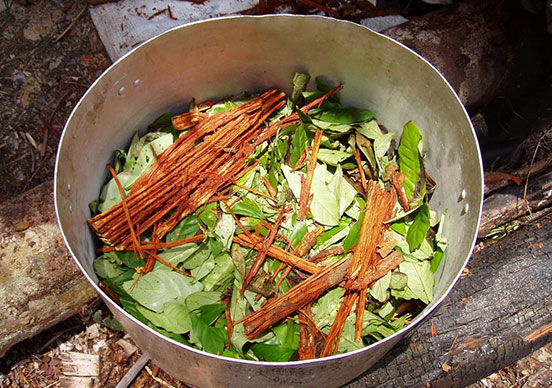Addiction Recovery Bulletin
And to love… –
ost people hope for something.
The big things: An end to the pandemic. Their candidate to win the presidential election. A better future for their children. They hope for tangible things: a bigger paycheck, a safe home, good health. And the more amorphous ones: love, respect, to feel seen.
Recent polls show that while most Americans remain at least somewhat hopeful about the future, hope is being tested. Suffering and division are ever-present, and there doesn’t seem a clear path forward. But psychologists say hope is not a luxury. For mental health, it’s a necessity.
“Most people think about it … like the sprinkles on an ice cream, like it’s great if it’s there, but I think it’s actually fundamental to our basic wellbeing,” said Nancy Colier, a psychotherapist and interfaith minister.
Saturday is World Mental Health Day, and decades of research show hope is a robust predictor of mental health. Not only does it make life more enjoyable, experts say, but hope also provides resilience against things like post-traumatic stress disorder, anxiety, depression and suicidal ideation. Hope offers chemical benefits too, in the form of endorphins and lowered stress levels, things, experts say, make people more productive.
Contrary to how some people talk about hope, researchers don’t view it as a passive emotional state. While colloquially people may say things like, “sit back and hope for the best,” researchers who study hope say it’s an active coping approach.
“Hope is how we can think about our goals for the future, the extent that we can identify pathways or strategies to achieve those goals and then maintaining the motivation or the agency to kind of keep working towards those goals, even in the face of obstacles or setbacks,” said Matthew Gallagher, an associate professor of clinical psychology at the University of Houston.
Most people hope for something.
The big things: An end to the pandemic. Their candidate to win the presidential election. A better future for their children. They hope for tangible things: a bigger paycheck, a safe home, good health. And the more amorphous ones: love, respect, to feel seen.
Recent polls show that while most Americans remain at least somewhat hopeful about the future, hope is being tested. Suffering and division are ever-present, and there doesn’t seem a clear path forward. But psychologists say hope is not a luxury. For mental health, it’s a necessity.
“Most people think about it … like the sprinkles on an ice cream, like it’s great if it’s there, but I think it’s actually fundamental to our basic wellbeing,” said Nancy Colier, a psychotherapist and interfaith minister.
Saturday is World Mental Health Day, and decades of research show hope is a robust predictor of mental health. Not only does it make life more enjoyable, experts say, but hope also provides resilience against things like post-traumatic stress disorder, anxiety, depression and suicidal ideation. Hope offers chemical benefits too, in the form of endorphins and lowered stress levels, things, experts say, make people more productive.
Two women hold hands and carry face masks on Sept. 10, 2020.
Contrary to how some people talk about hope, researchers don’t view it as a passive emotional state. While colloquially people may say things like, “sit back and hope for the best,” researchers who study hope say it’s an active coping approach.
“Hope is how we can think about our goals for the future, the extent that we can identify pathways or strategies to achieve those goals and then maintaining the motivation or the agency to kind of keep working towards those goals, even in the face of obstacles or setbacks,” said Matthew Gallagher, an associate professor of clinical psychology at the University of Houston.
Hope is ‘a resource’
In a paper Gallagher published in 2013, he and other researchers looked at whether people expected their lives five years in the future to be good or better than their current ones. The study included more than 100,000 people from over 100 countries and found that worldwide, people tend to have positive expectations for the future – they often believe it can be as good or equal to the present.


